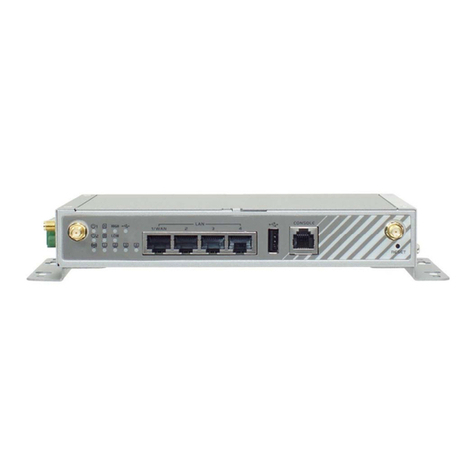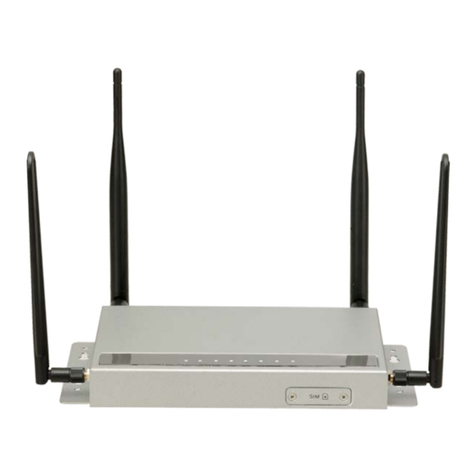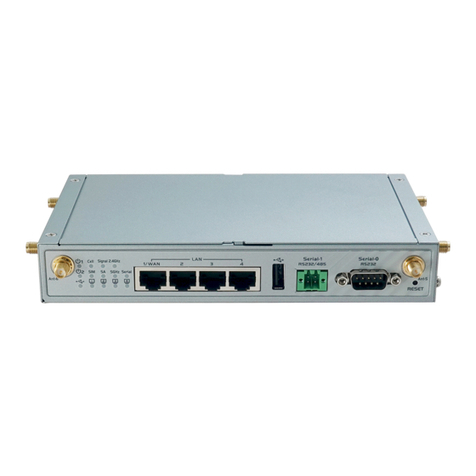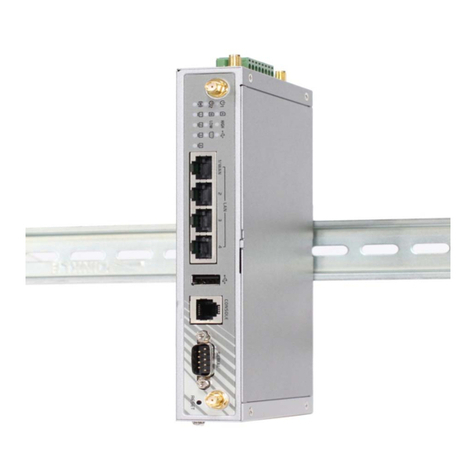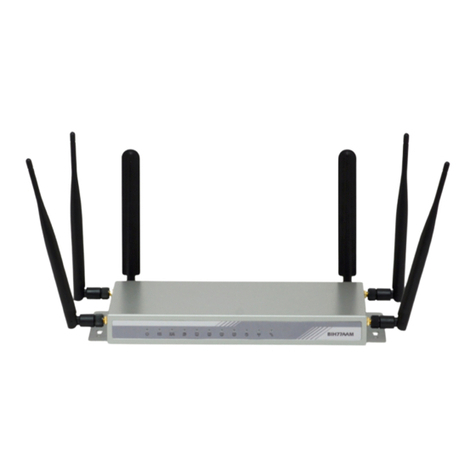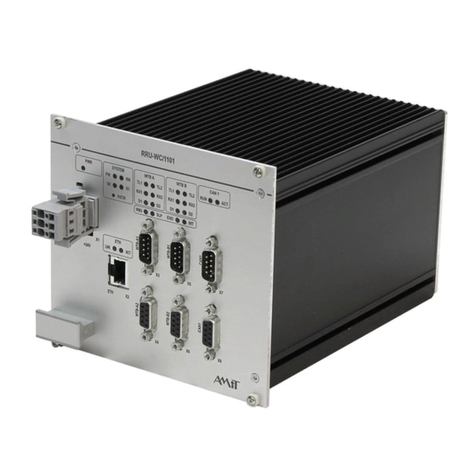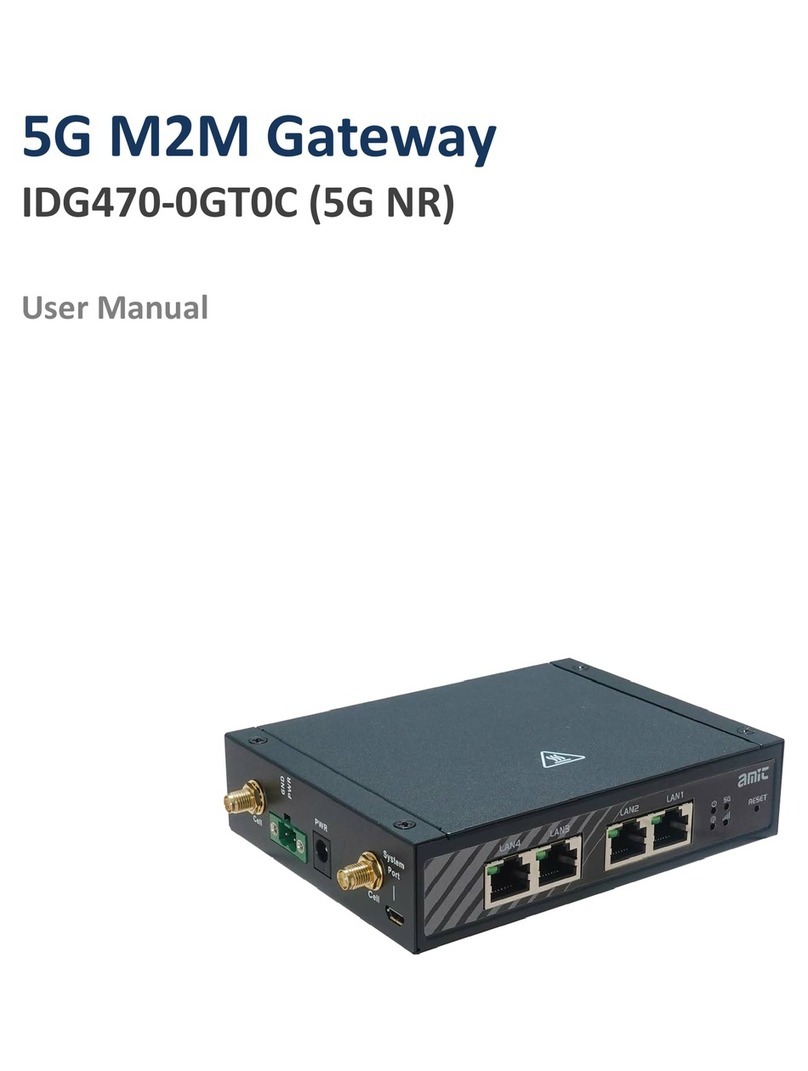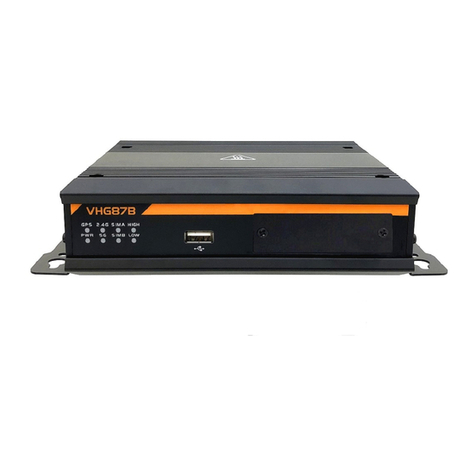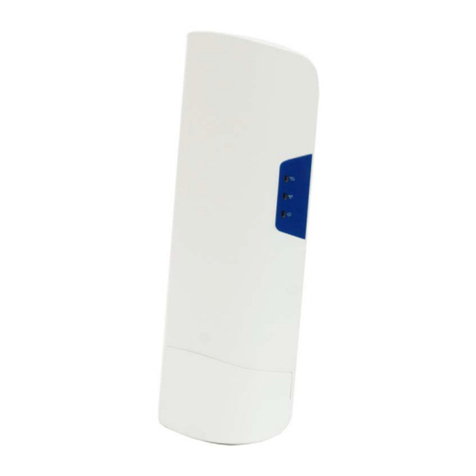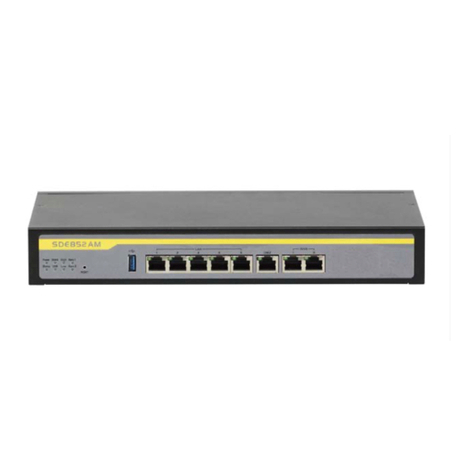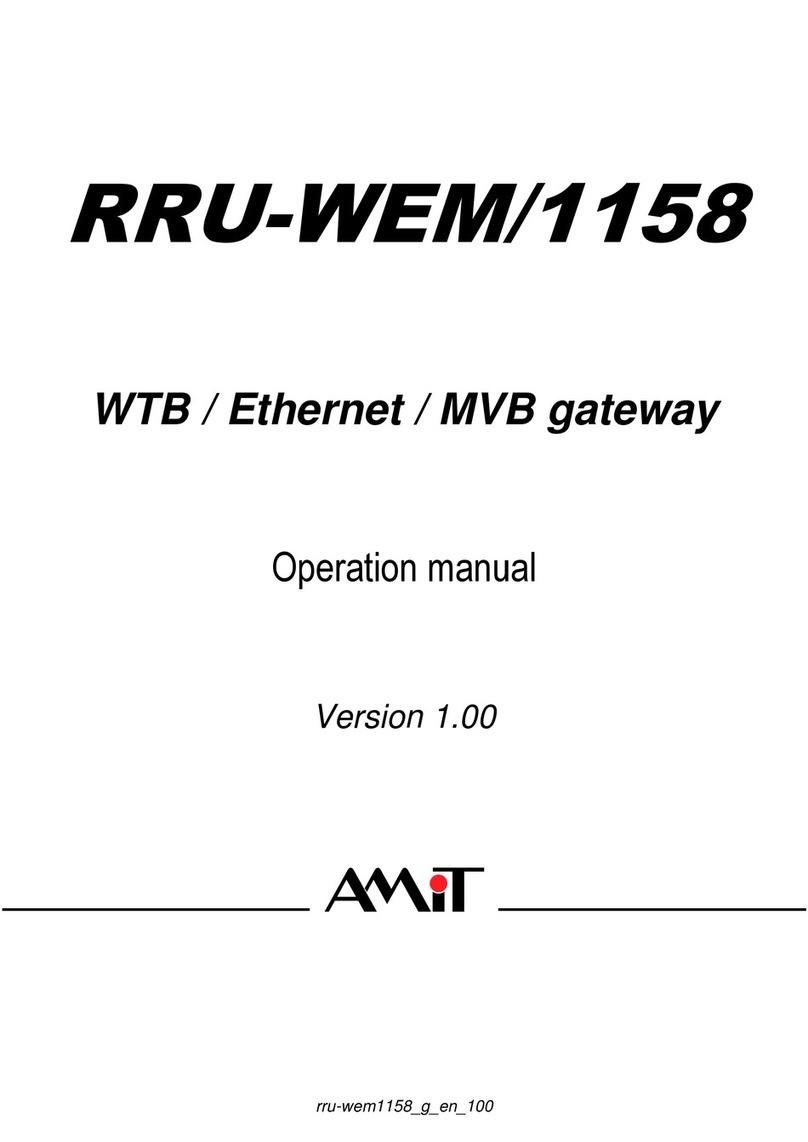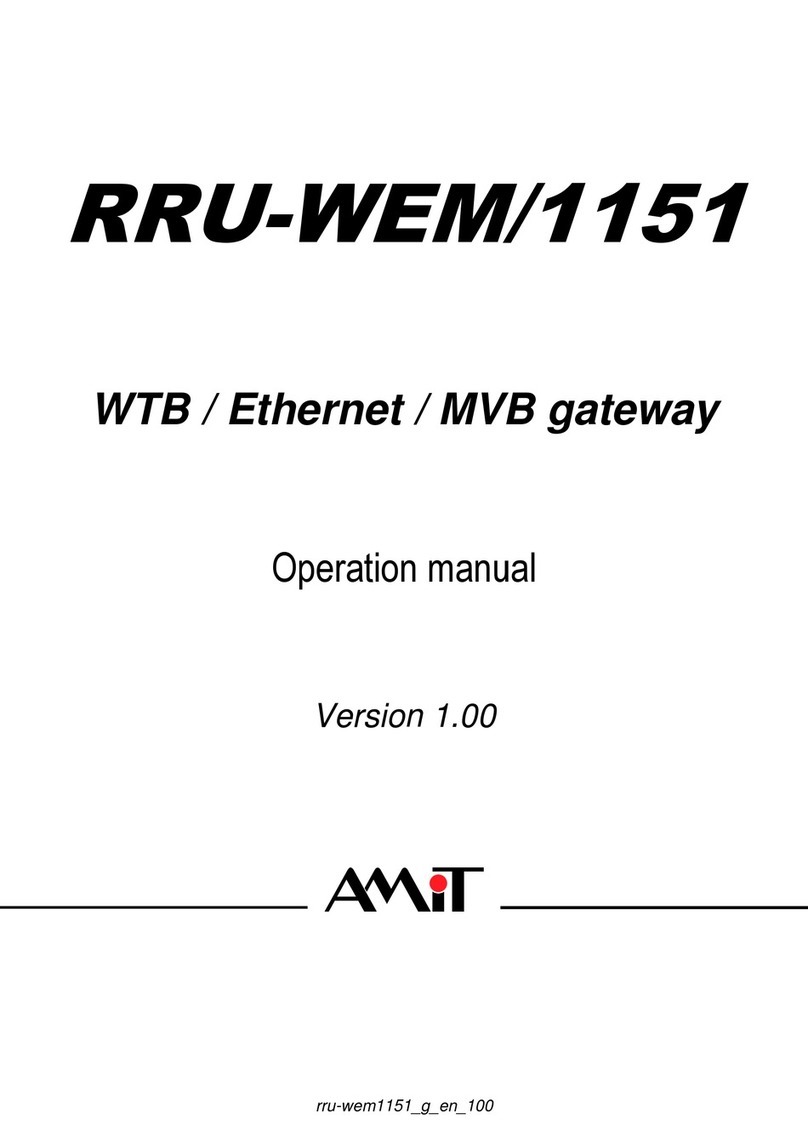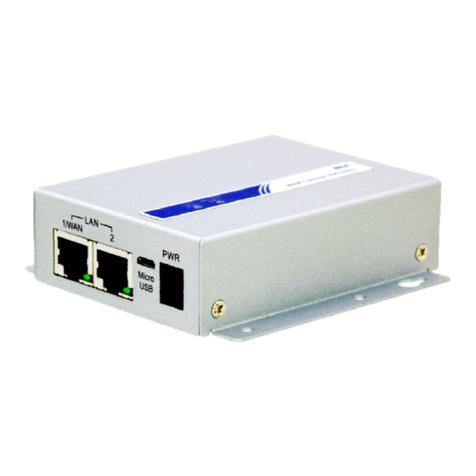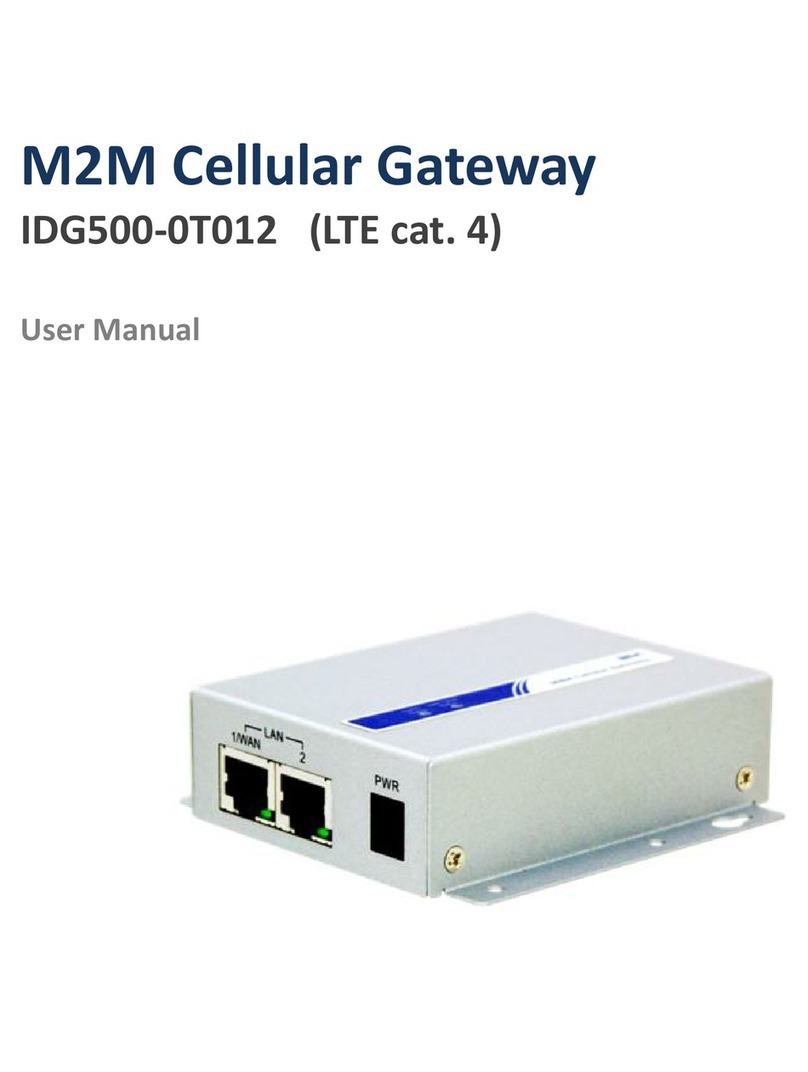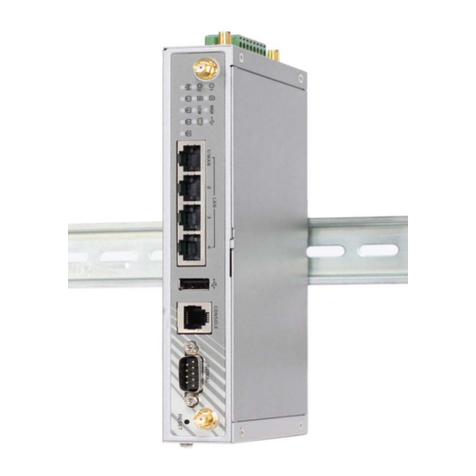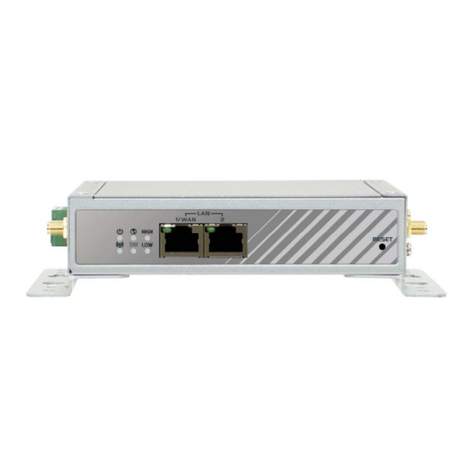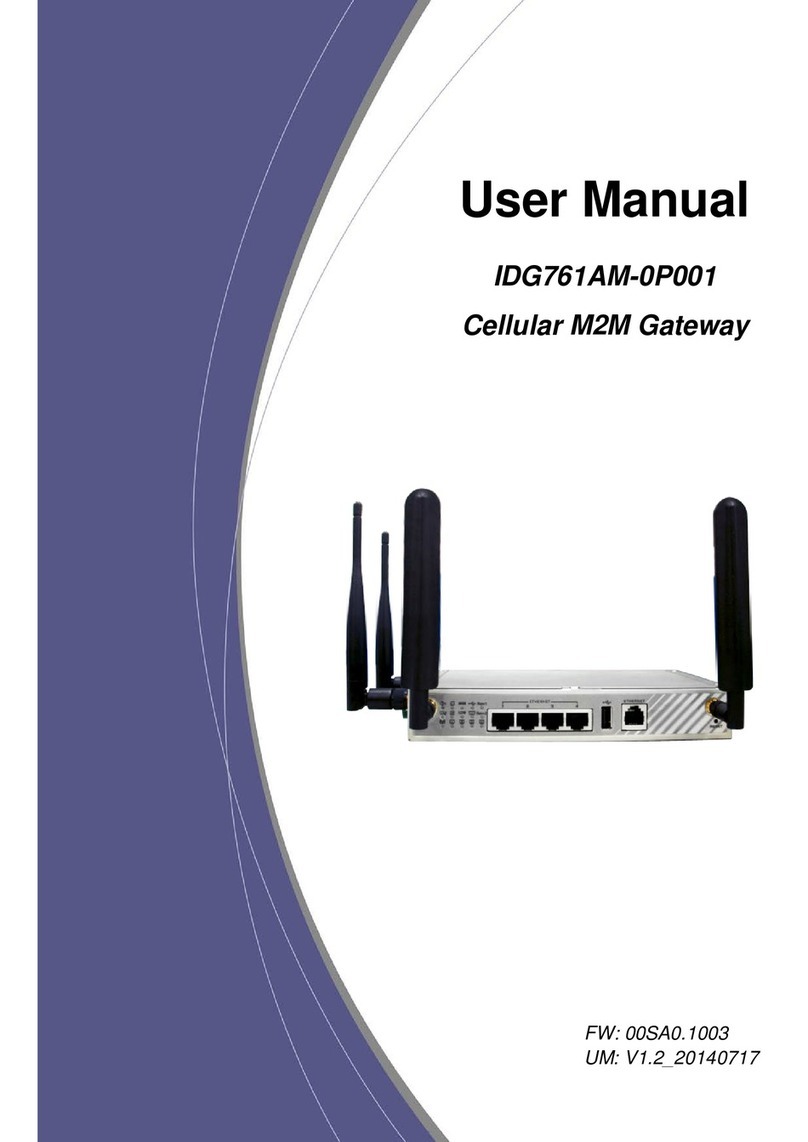
4G PoE IIoT Gateway
6.1.1 Command Script........................................................................................................................ 279
6.1.2 TR-069 ....................................................................................................................................... 283
6.1.3 SNMP......................................................................................................................................... 288
6.1.4 Telnet & SSH .............................................................................................................................. 299
6.2 System Operation................................................................................................................................. 303
6.2.1 Password & MMI....................................................................................................................... 303
6.2.2 System Information................................................................................................................... 307
6.2.3 System Time .............................................................................................................................. 308
6.2.4 System Log ................................................................................................................................ 313
6.2.5 Backup & Restore...................................................................................................................... 318
6.2.6 Reboot & Reset ........................................................................................................................ 319
6.3 FTP........................................................................................................................................................ 320
6.3.1 Server Configuration ................................................................................................................. 321
6.3.2 User Account ............................................................................................................................. 323
6.4 Diagnostic............................................................................................................................................. 324
6.4.1 Diagnostic Tools......................................................................................................................... 324
6.4.2 Packet Analyzer ......................................................................................................................... 326
Chapter 7 Service ............................................................................................................................................... 329
7.1 Cellular Toolkit...................................................................................................................................... 329
7.1.1 Data Usage ................................................................................................................................ 330
7.1.2 SMS............................................................................................................................................ 333
7.1.3 SIM PIN...................................................................................................................................... 337
7.1.4 USSD.......................................................................................................................................... 342
7.1.5 Network Scan ............................................................................................................................ 345
7.2 SMS & Event ......................................................................................................................................... 347
7.2.1 Configuration............................................................................................................................. 349
7.2.2 Managing Events ....................................................................................................................... 358
7.2.3 Notifying Events ........................................................................................................................ 361
Chapter 8 Status................................................................................................................................................. 364
8.1 Dashboard ............................................................................................................................................ 364
5
